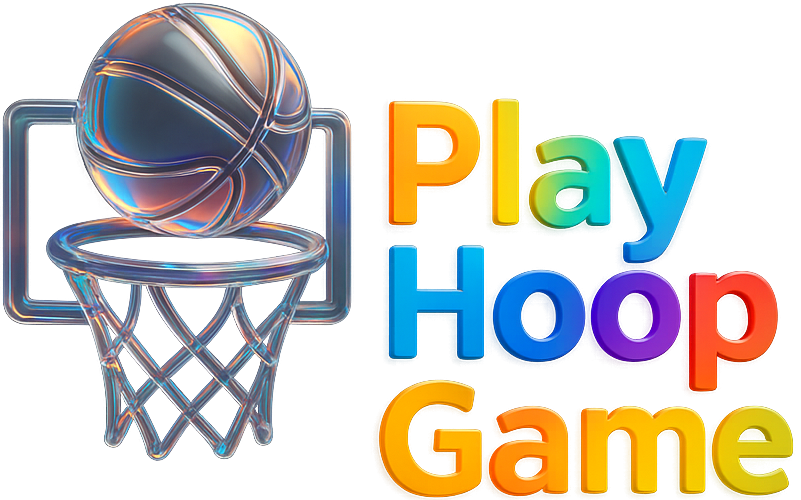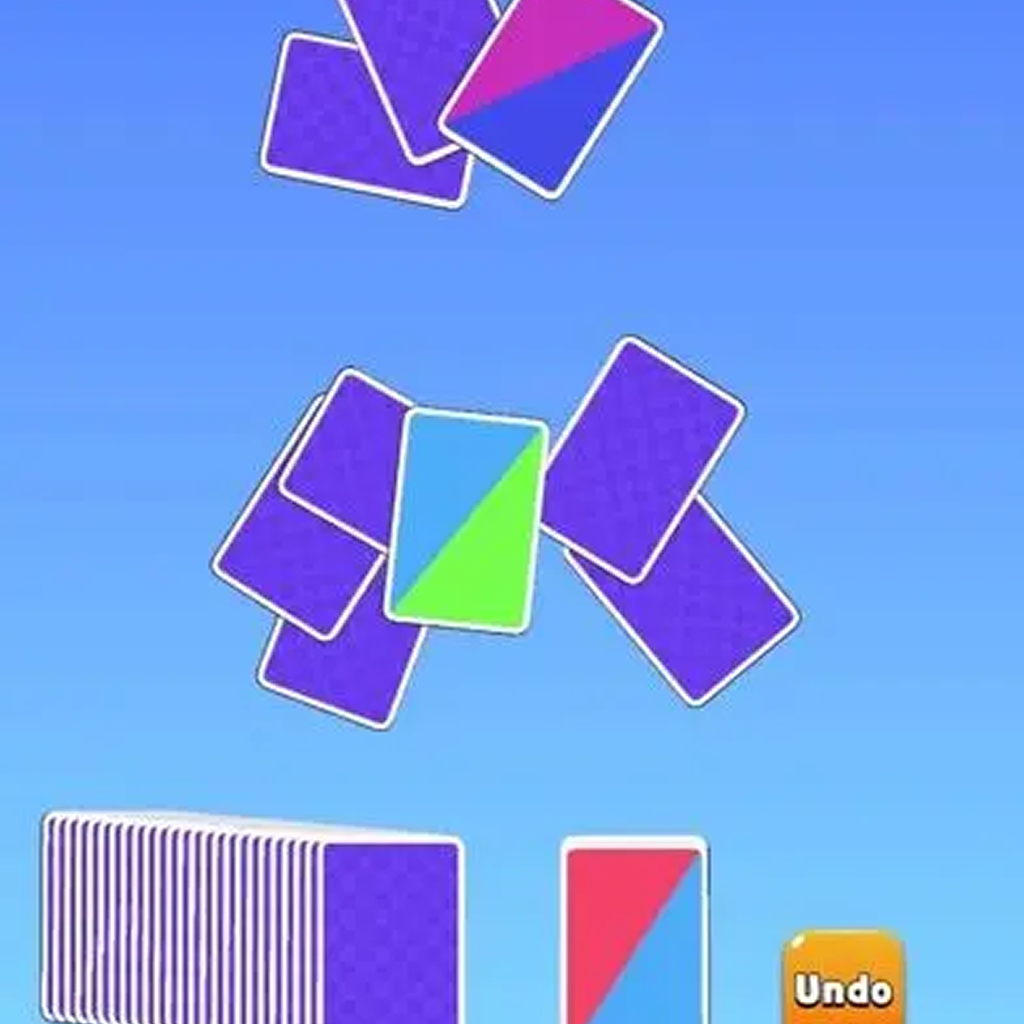I still have a phantom ache in my left thumb from a third-party Nintendo 64 controller. You know the one. It was translucent purple, cost about half the price of the official one, and had a joystick that felt like it was grinding sand. Playing Ocarina of Time on that thing was an act of stubborn defiance. Every precise movement, every aimed arrow, felt like a negotiation with a piece of angry plastic.
For years, that was the deal. You either bought the expensive, official controller from Sony, Nintendo, or Microsoft, or you ventured into the Wild West of third-party peripherals and hoped for the best. Usually, you got what you paid for: mushy buttons, questionable ergonomics, and a lifespan measured in weeks.
But something’s shifted. It’s not a gradual change, either. It feels like a dam has broken. Suddenly, it feels like a ton of new game controllers are on the way, and they’re not just cheap knock-offs. They’re ambitious, innovative, and, frankly, really, really good. The controller aisle is no longer a two-party system with a handful of protest candidates. It's a full-blown, chaotic, wonderful free-for-all.
And I’m so here for it.
The Hall-Effect Revolution We Didn't Know We Needed
Let me get a little nerdy for a second, because this is the single biggest reason for the current controller renaissance. Two words: Hall effect.
If you’ve owned a Nintendo Switch, or a PS5, or a modern Xbox controller for more than a year, you’ve probably met its mortal enemy: stick drift. That soul-crushing phenomenon where your character starts slowly wandering off on their own because the internal components of the joystick have physically worn down. It’s infuriating. It’s basically the planned obsolescence of fun. For years, we just accepted it. We’d blow into the joystick base, recalibrate it a dozen times, and eventually sigh and buy a new one.
Hall effect sensors change the game completely. I mean that literally. Instead of using mechanical parts that rub against each other and wear out (the source of drift), they use magnets and conductors. No physical contact means no wear and tear. No wear and tear means… no stick drift. Ever.
This isn't brand new tech, but its implementation in consumer-grade gamepads at an affordable price is a recent explosion. Brands like GameSir, 8BitDo, and Gulikit have built their entire reputations on it. They saw the Achilles' heel of the Big Three and aimed right for it. And they hit a bullseye. Suddenly, buying a third-party controller isn't a compromise; in some ways, it's an upgrade.
So, Why Now? What's With the Sudden Flood of New Game Controllers?
The Hall effect is the technological spark, but the market conditions are the fuel. It’s a perfect storm, really. Think about it.
First, the Steam Deck happened. Valve’s handheld PC didn't just create a new hardware category; it validated the idea of high-quality, portable PC gaming. This opened the floodgates for a whole ecosystem of accessories, and chief among them are controllers that can handle everything from a fast-paced brawler like Kingdom Fight to a sprawling RPG.
Then you have the sheer diversification of gaming. It's not just about sitting on the couch in front of a 4K TV anymore. We’re gaming on our phones with services like Xbox Cloud Gaming, on our tablets, on our laptops in coffee shops. This splintering of the "where" and "how" we play created a demand for specialized tools. A giant Xbox controller isn't great for a morning commute, but a smaller, clip-on mobile controller? Perfect.
And let's be honest, the big companies got a little complacent. The PS5 DualSense is a marvel of haptic feedback, but it’s still prone to drift and has a middling battery life. Nintendo’s Joy-Cons are legendary for their innovation and, unfortunately, their fragility. This created a gap in the market for companies willing to listen to what gamers were actually complaining about: durability and reliability.
Beyond the Big Three: The Weird and Wonderful Stuff
What I find most exciting isn't just the fact that we're getting better versions of the same old thing. It's the sheer, glorious weirdness that’s bubbling to the surface. The controller market is starting to feel like the indie game scene—full of passion projects and strange ideas.
You’ve got fully modular controllers where you can swap the D-pad and the left stick. You have controllers with "clicky" microswitch face buttons that feel more like a high-end mouse than a traditional gamepad. There are retro-inspired designs that pay homage to the SNES and Sega Genesis, but with all the modern guts. There are even more companies focusing on accessibility, creating customizable hardware that opens up gaming to more people. It shows a level of thought and care that goes beyond just wanting to be a cheaper alternative. It's about building a better, or at least more interesting, tool for play.
It’s a reminder that the way we interact with our games is as much a part of the experience as the graphics or the story. Finding that perfect controller is like a musician finding the right instrument. It just clicks.
Is It All Just More Plastic Junk?
Okay, time for a reality check. With this explosion of choice comes an inevitable wave of… well, junk. For every innovative GameSir G7 SE, there are ten anonymous Amazon listings with bizarre brand names and questionable build quality. The market is noisy, and navigating it can be overwhelming.
It’s easy to get caught up in the feature-creep, too. Do you really need four back paddles, swappable stick caps, and trigger stops to play Stardew Valley? Probably not. The frustrating part is that the deluge of options can lead to paralysis. You end up spending more time watching review videos than actually playing.
But I keep coming back to this point because it's crucial: the competition is fundamentally a good thing. It’s forcing everyone, including Sony and Microsoft, to step up their game. It’s driving down prices on premium features. And it’s giving a voice to a community of players who, for years, have felt like their biggest concerns (like stick drift) were being ignored. So, while you have to be a more discerning consumer, the potential to find a controller that's perfect for you has never been higher. It’s worth the effort of sifting through the noise.
And it's a hell of a lot better than that translucent purple nightmare from my childhood.
Your Burning Controller Questions, Answered
So what's this "Hall effect" thing I keep hearing about?
Think of it like this: your old controller's joystick is like a light dimmer switch you physically have to turn. Over time, the parts that rub together wear out. A Hall effect joystick is like waving your hand in front of a motion-sensor light. It uses magnets to detect movement without any parts grinding against each other. This means it’s ridiculously durable and shouldn't ever develop that dreaded "stick drift." It's the biggest leap in controller reliability in a long, long time.
Do I really need a 'pro' controller to be good at games?
Honestly? No. A "pro" controller won't magically make you a better player. Skill is still skill. However, features like back paddles can be a genuine ergonomic advantage, allowing you to keep your thumbs on the sticks while performing actions like jumping or reloading. It's a luxury, not a necessity. Don't let marketing convince you that you're at a disadvantage without one. A standard, comfortable controller is all you truly need to enjoy your games, whether you're playing alone or finding some fun 2 player games with a friend.
Why are there so many third-party controllers all of a sudden?
It's a mix of things! The technology (like Hall effect sensors) became cheaper and more accessible. The success of the Steam Deck and mobile cloud gaming created new markets. And frankly, gamers got fed up with paying top dollar for first-party controllers that would break in a year or two. Smaller, more agile companies saw that frustration and jumped in to offer better, more durable products.
How do I choose the right controller when a ton of new game controllers are on the way?
Start with your main use case. Are you a competitive FPS player on PC? Look for low latency and maybe those back paddles. Are you a retro game enthusiast? 8BitDo probably has something that will make you smile. Primarily a Switch player tired of Joy-Con drift? A Hall effect replacement is your best bet. Read and watch reviews from trusted, independent sources. Don't just look at the Amazon star rating; look for people who really put these things through their paces.
In the end, what this all points to is a future where the controller isn't an afterthought. It’s a core part of the gaming ecosystem, as personal and customizable as a PC build or an in-game avatar. It’s about the tactile connection to the worlds we spend so much time in. We're moving from a one-size-fits-all model to a landscape of incredible specificity, where the people making the hardware are as passionate as the people, like the team you can read about here, behind the games themselves. And my thumbs, phantom aches and all, couldn't be happier about it.

























